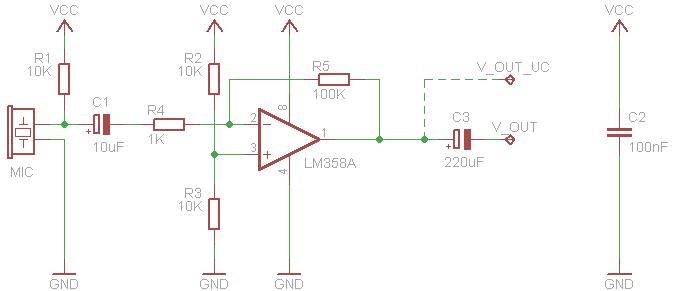I am quite interested in seeing if this site is actually being visited by real people or it's just the bots having fun and confusing the google analytics and blogger algorithms, funny actually, but back to the point.
I would like to know, as supposedly the articles about ATTiny EEPROM usage get's quite a few visits each month and if it has been useful to some, it would be cool to know.
So if you happen to be reading this, and have found it useful, please leave a comment.
Have a great day
👍





